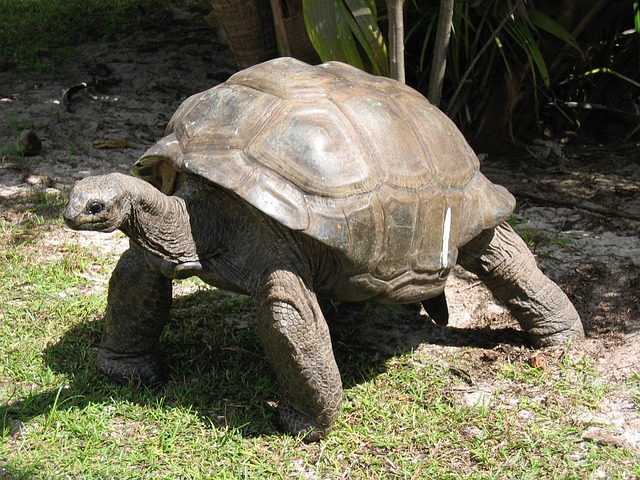Categories ▷

○ Tortoise
The tortoise is a reptile known for its slow movement and sturdy, dome-shaped shell that protects it from predators. There are over 300 species of tortoises found around the world, with varying sizes, colors, and habitats. They are herbivorous and feed on grasses, leaves, and fruits. Tortoises are long-lived animals and can survive for several decades, with some species living for over a hundred years. They have adapted well to their environments and have unique features such as the ability to retract their limbs and head inside their shell for protection.

○ Sea Turtle
Sea turtles are a group of reptiles that inhabit the world's oceans and are well-known for their unique appearance and behavior. There are seven species of sea turtles, all of which are threatened or endangered due to various human activities such as pollution, fishing, and habitat destruction. Sea turtles have a distinctive flattened body shape, streamlined flippers for swimming, and a hard, bony shell that protects them from predators. They are mainly herbivores, feeding on seagrasses and algae, but some species also eat jellyfish, crustaceans, and mollusks. Sea turtles play a crucial role in maintaining the health of marine ecosystems and are considered keystone species.

○ Sanpping Turtle
The snapping turtle is a large freshwater turtle known for its aggressive behavior and powerful bite. Found primarily in North America, these turtles have a distinctive appearance with a large head, long tail, and rough, jagged shell. They are opportunistic feeders and will eat almost anything, including fish, frogs, insects, plants, and even small mammals. Snapping turtles are solitary and territorial animals that spend most of their time in the water, and they are also capable of staying submerged for long periods. Despite their reputation as fierce predators, snapping turtles play a critical role in maintaining ecosystems by controlling populations of their prey species.
